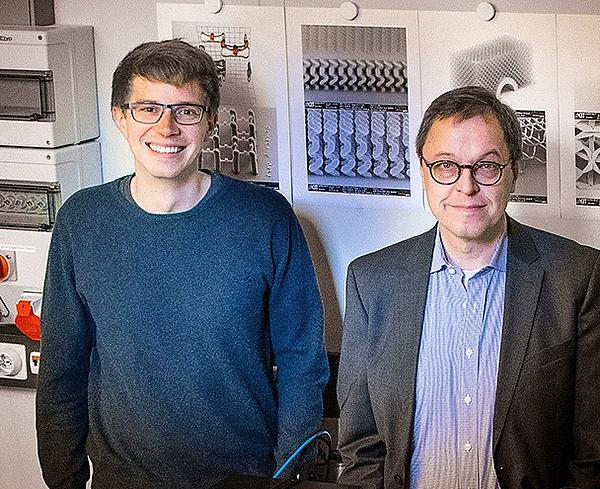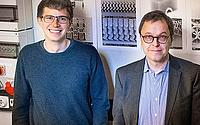
PROF. DR. MARTIN WEGENER
Professor Martin Wegener has been with KIT since 1995. Besides his teaching and research activities at the Institute of Applied Physics, he currently holds several management positions and offices. Since 2001, he heads the "Photonics" department at the Institute of Nanotechnology, of which he also serves as the scientific director since 2016, and was Dean of the KIT Physics Faculty from 2015-2017. After receiving his doctorate from Johann Wolfgang Goethe University in 1978, Martin Wegener fist spent two years as a PostDoc at AT&T Bell Laboratories in the USA.
Professor Wegener's research interests include ultrafast optics, (extreme) nonlinear optics, near-field optics, optical laser lithography, and optical, mechanical, electronic, and thermodynamic metamaterials. He authored numerous publications and co-editor of several scientific journals in these fields. According to the evaluation of the media group Thompson Reuters, Professor Wegener was even one of the most cited scientists (top 1%) for four consecutive years (2014-2017).
The physicist was also awarded many prestigious prizes for his research and his teaching activities, including the Landeslehrpreis Baden-Württemberg (1998), the Gottfried Wilhelm Leibniz Prize of the DFG (2000) and the European Union René Descartes Prize in 2005. As recently as 2017 he received the Technology Transfer Prize of the German Physical Society together with Nanoscribe GmbH. Professor Wegener is one of the four founders of this spin-off of KIT, which became an international market leader for ultra-precise 3D laser lithography after only a few years.
FREDERIK MAYER
Frederik Mayer was born in Stuttgart in 1991 and began studying physics at the Karlsruhe Institute of Technology in 2010, graduating in 2016. In his master's thesis, he focused on light propagation in scattering media and developed a custom-made cloaking device to camouflage contact wires on large-area organic light-emitting diodes.
Since 2016, he is a doctoral student at the Institute of Nanotechnology and the Institute of Applied Physics, where he is working on the development of novel security features manufactures with the help of 3D microprinting techniques.
